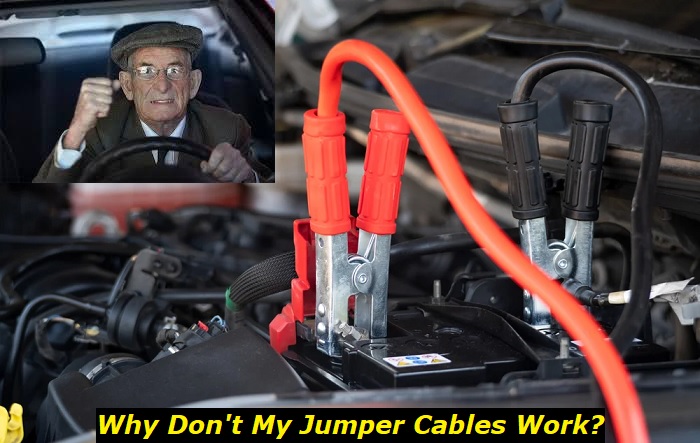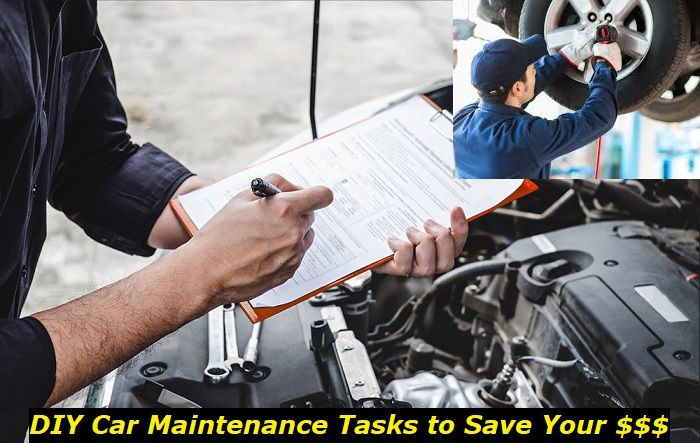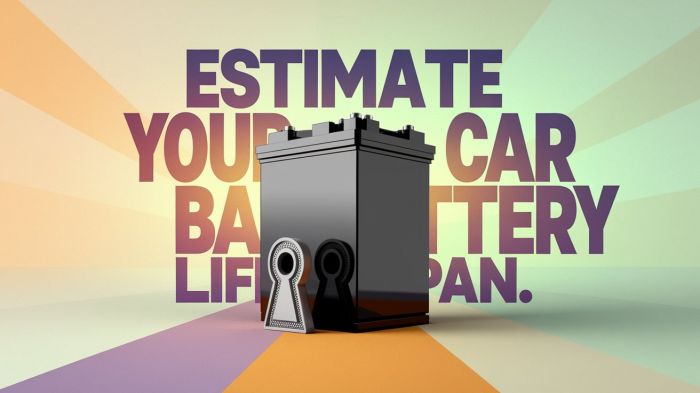Jumper cables head-start a vehicle by interfacing the battery that went off because of a discharge or breakdown with the battery of an alternate vehicle. Failure of jumper cables to ignite is an issue to be addressed. To keep away from this, you ought to know what's wrong and the best ways how to fix it.
Jump-starting batteries highlights
- When needed:no crank issues
- Time consumed:15-20 minutes
- Toolsneeded:jumper cables or booster
- Risks:car electronics may suffer, battery may die
- DIY solution:yes
- Price:$0

What is a spark in a motor engine?
When we are talking about the spark in the engine, it's usually about the ignition system and spark plugs. But when we are saying that the jumper cables don't spark the vehicle, it means that they don't send the power to the battery.
The battery in your car is not eternal and it can fail at almost any moment. If it fails, you can use jumper cables to jump-start the battery. But when the cables don't work properly, we usually say that they don't spark.
So, let's see how you can make them spark!
How to connect jumper cables
Assuming you feel that starting your vehicle is simple and safe, you are off base. This strategy could really kill your vehicle's engine if done wrong. You should go to serious lengths and follow suitable steps for this. Here is what you ought to do:
- In the first place, ensure the two vehicles are both switched off
- Then, interface the red clamp to the positive terminal of the drained battery, frequently set apart with a "+" symbol
- Next, connect the opposite end of the same red cable to the positive terminal of the functioning battery
- Attach the black connector to the negative terminal of the "donor" power source
- Then, at that point, join the black connector at the opposite end of the cables to a metal piece of the vehicle with the drained battery (engine or any unpainted surface)
- At the point when the cables are connected, start the functioning vehicle. Allow it to run briefly, then, at that point, attempt to start the other vehicle
Factors that cause jumper cables not to spark
Unfortunately, the simple strategy of jump-start doesn't always work well. On one bad day, you may connect both cables and find out that they just don't work. This is frustrating because oftentimes, this is the only way to start the vehicle. So, let's see why this can happen.
Such factors are listed below:
1) Poor quality jumper cables
Cheap jumper cables that are not sufficiently thick to convey adequate current will not perform at the level you expect. Also, cheap cables may just be broken, corroded, have bad connection, etc. Your vehicle will fail to start after the jump. The entire exercise to revive your vehicle's engine will turn out futile.
2) Corrosion on the clamps
Clamps are used to connect the car battery and jump starter. If attached properly, this prevents the positive and negative poles of the power supply from colliding. Such a collision would bring about a short circuit. This makes clamps a high safety factor. When they are corroded, they just won't work efficiently.
3) Very long jumper cables
Does the length of jumper cables really matter? Yes, it does. Too-long jumper cables offer more internal resistance, unlike shorter ones. This could fail to transfer enough of the donor battery's power to your vehicle.
4) Wrong connection of the cables
A vehicle owner may coincidentally interface the jumper cables in reverse order or install the battery in reverse. This creates a short circuit, and the vehicle no longer starts. Connecting jumper cables in the incorrect way can harm the electrical system of your vehicle or the battery.
5) Worn-out jumper cables
A bit of surface erosion on the clamps isn't that big of a deal. However, on the off chance that corrosion happens inside the cables, it can lead to a malfunction due to overheating. To keep your jumper cables looking great, store them properly coiled in a pack somewhere dry in your vehicle. Inside the extra tire is normally a decent spot.
How to fix the failure of jumper cables to spark
The handy solution to failed jumper cables sparking completely relies on the reason for this problem. Thus, you need to carefully follow the rules based on the failure of the jumper cables to spark. Start by recognizing the cause behind it. The following are a couple of typical and basic fixes you can apply when this seems obvious to you.
1) Invest in quality jumper cables
Quality jumper cables are heavy enough to carry adequate current and hence perform as expected. They also have appropriate internal resistance. This allows them to deliver as needed and makes them worth the price.
2) Connect the jumper cables in the right order
First, the clamp of the red cable is connected to the positive terminal of the helping vehicle. The opposite end of the red cable is associated with the positive terminal of the stalled vehicle. Then, at that point, the black clamp is associated with the negative terminal of the helping battery. If you follow these guidelines, the jumper cables should work appropriately.
3) Maintain clamps in good condition to avoid corrosion
One of the ways to sustain clamps is by clearing dirt from the surface after use. You can also use some kind of grease or some lubricants to prevent the clamps from corroding.
4) Fix worn-out jumper cables
Worn-out jumper cables pose a huge risk of electrocution to people. For this reason, they should be repaired immediately. The good thing is that there are plenty of ways to fix such cables. Here are the best methods to apply:
- You can use a cable protector. It clamps around the weak tail part of the connector, safeguarding it from being twisted or pulled apart
- The easiest way is to just wrap the impacted area firmly with electrical tape. This is great for fixing little scratches in the cable that haven't yet brought about more serious interior harm, but it can diminish the adaptability of the cable
- You can likewise get heat shrink tubing that goes over your cable, then contracts when presented to heat
- You could get a spring and fold it over your jumper cables, giving it a touch of extra strength
5) Make sure the battery is OK
You can't jump start a car with a dead battery. If the battery doesn't take and hold charge anymore, it's not going to help you much even if you manage to start the car with jumper cables. The battery will still die soon and the car may just stall or will not start the next time you will be trying to start it.
Final remarks
If you find that your jumper cables are not in good condition, go and buy yourself good cables that will not let you down on the roadside. Sometimes, jump-starting your car is the only good way to deal with the vehicle that has a completely dead battery and it's your only chance to start such a car at all.
Learn how to use jumper cables and also understand what you should do if something goes wrong. This may not seem that important, but this can save you some hours of your time and some hundred dollars of your budget.
About the authors
The CarAraC research team is composed of seasoned auto mechanics and automotive industry professionals, including individuals with advanced degrees and certifications in their field. Our team members boast prestigious credentials, reflecting their extensive knowledge and skills. These qualifications include: IMI: Institute of the Motor Industry, ASE-Certified Master Automobile Technicians; Coventry University, Graduate of MA in Automotive Journalism; Politecnico di Torino, Italy, MS Automotive Engineering; Ss. Cyril and Methodius University in Skopje, Mechanical University in Skopje; TOC Automotive College; DHA Suffa University, Department of Mechanical Engineering






Add comment